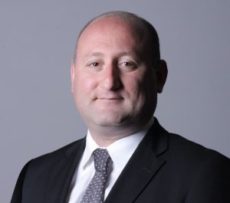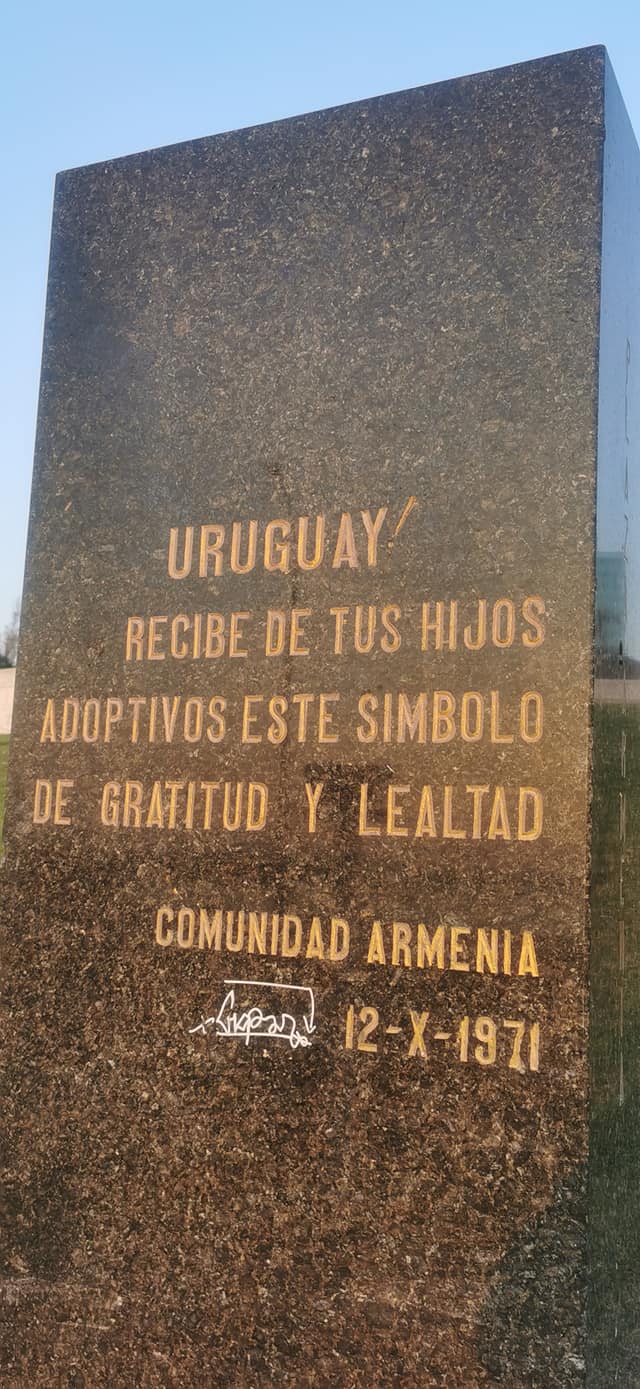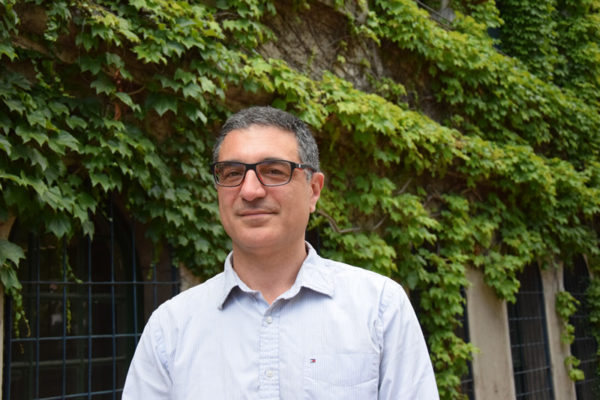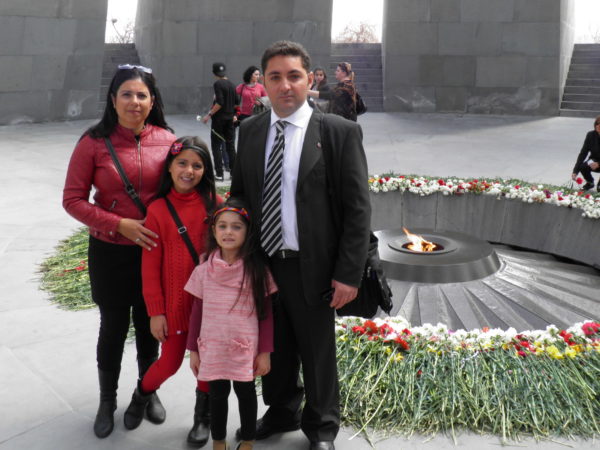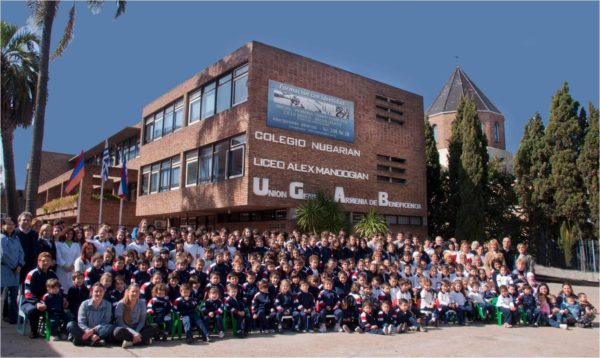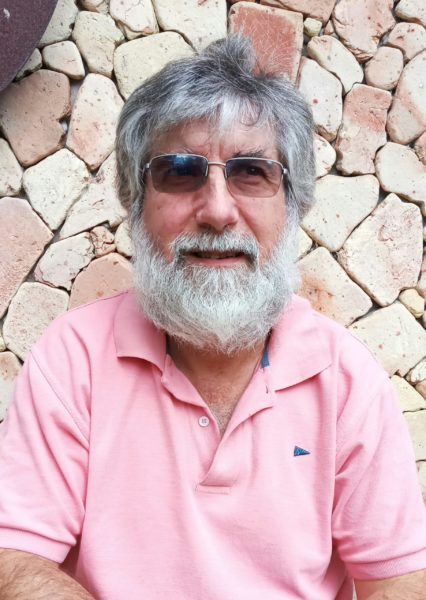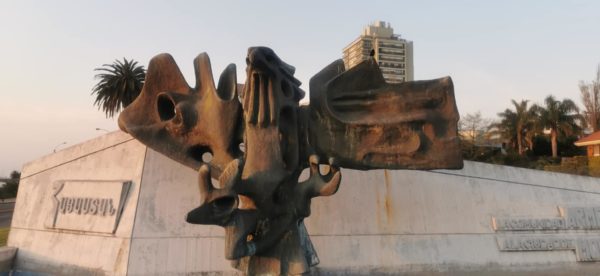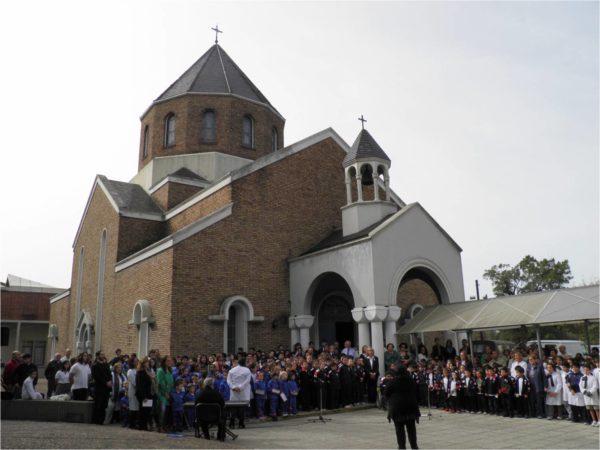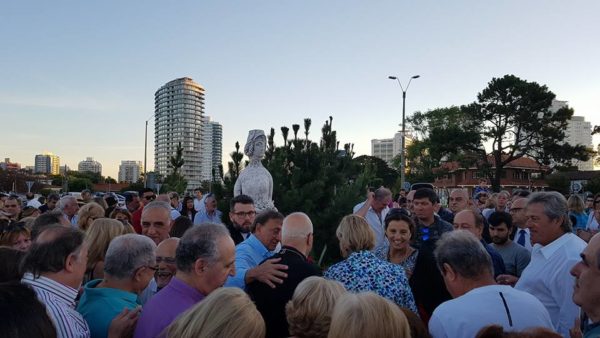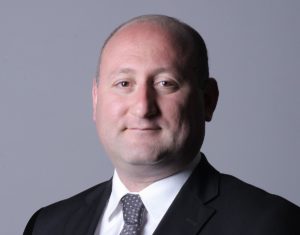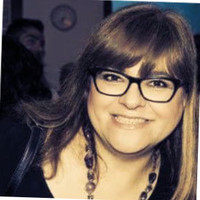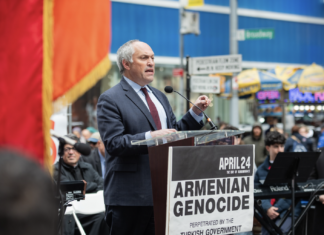MONTEVIDEO, Uruguay — About 8,700 miles separate the Uruguayan capital and Boston. However, it seems the Armenian community there can bridge this impressive distance with their warmth.
One of the people interviewed for this overview of the Armenian community there, Dr. Asadur Jorge Tchekmedyian, had initially been interviewed for an earlier story on a conference organized by doctors in the diaspora to help their fellow physicians in Armenia and Artsakh to advance their medical training and certification at no expense.
As it turns out, Uruguay has a proud and rather large Armenian community (in proportion to the population of the country). Perhaps that is one reason Uruguay was the first country to recognize the Armenian Genocide in 1965, on its 50th anniversary.
The four representatives of the Uruguay Armenian community interviewed — Tchekmedyian, Daniel Karamanoukian, Dr. Gustavo Zulamian and Archbishop Hagop Kelendjian — agreed on a couple of things regarding the community: the number of those active in the community is fairly small and there is a rapidly decreasing number of Armenian speakers.
Uruguay gained its independence in 1830 and ended up receiving a lot of Armenians after the Genocide.
“Uruguay has around 12,000 Armenians,” Tchekmedyian said. “There are different estimates. No official numbers but not everyone is involved. Those deeply involved are around 2,000, 3,000.”
